Eco-Friendly Guide: Learn How to Clean Oven Non Toxic Way Safely
Tired of battling stubborn oven grime with caustic chemicals? As the force behind Nontoxicways.com, I can assure you there is another way. Imagine having a spotless oven, all thanks to safe, common household ingredients. This guide reveals exactly how to clean your oven non-toxic, putting you back in control without the damaging drawbacks.
Here, you’ll be introduced to eco-friendly cleaning methods that tackle grease and grime affordably. In easy-to-follow steps, you’ll learn how these natural alternatives outshine harsh commercial cleaners – I know, I’ve been there.
Navigating the switch to a cleaner, healthier home isn’t always easy. But armed with this guide, you’ll be saying goodbye to toxic oven cleaners once and for all. The transition is more rewarding, and easier, than you might think. Let’s get started.
The Benefits of Non-Toxic Oven Cleaning
Switching to non-toxic oven cleaning methods can transform the way you maintain your kitchen, benefiting both your health and the environment. Below, we’ll dive into the specific advantages of adopting these cleaner and safer practices.
Health and Safety Advantages
Using non-toxic cleaning agents like baking soda and vinegar keeps the air inside your home safe and breathable. These natural ingredients do not emit harmful residual vapors, which makes them significantly safer for your family and pets. Conventional oven cleaners often contain harsh chemicals that can irritate the respiratory system, skin, lungs, and eyes. By using non-toxic methods, you avoid these risks, creating a healthier living space.
Additionally, non-toxic ingredients are allergy-friendly and do not trigger asthma or other respiratory conditions. This provides peace of mind for individuals sensitive to common allergens. When you choose a non-toxic approach, you’re making a choice that benefits everyone in your home, promoting overall well-being.
Environmental Impact
Opting for non-toxic cleaning solutions like baking soda and vinegar is a positive step toward environmental sustainability, and you can learn more about identifying greener cleaning products at the EPA’s guide on greener cleaning products. These ingredients are not only effective but also environmentally friendly and biodegradable. Unlike conventional cleaners, they do not contribute to chemical runoff and pollution, thereby promoting a healthier ecosystem.
By choosing eco-friendly alternatives, you support sustainable living practices and reduce your household’s overall carbon footprint. Such small steps collectively make a significant impact on conserving our planet. It’s amazing how simple shifts in our cleaning habits can contribute to a healthier world.
Money Saving Option
One of the major advantages of non-toxic oven cleaning is its cost-efficiency. Natural cleaning agents like baking soda and white vinegar are quite affordable and often already available in households. This eliminates the need to spend extra on commercial oven cleaners.
Moreover, using gentler cleaning methods can extend the life of your oven, thus potentially reducing future repair and replacement costs. Additionally, you save money by sidestepping the need for costly specialized cleaning services. These savings, both immediate and long-term, make non-toxic cleaning an economically sound choice.
In conclusion, non-toxic oven cleaning is not only good for your health and the environment but also for your wallet. If you’re curious about the broader implications of eco-friendly practices, you might want to understand what does eco friendly mean. Making the switch is a small step with grand rewards, providing you with a cleaner, safer, and more sustainable home.
Non-Toxic Cleaning Materials You Will Need
To achieve a truly non-toxic oven cleaning experience, you’ll need a variety of safe and effective materials. These items not only promise a spotless oven but also ensure you’re making eco-friendly choices.
Essential Supplies
Baking Soda
Baking soda is a vital ingredient for how to clean an oven non toxic. This natural alkali effectively breaks down grease and grime, making it ideal for scrubbing the tough spots. Free from harmful chemicals, baking soda is both non-toxic and safe for household use. Its affordability and availability also make it an indispensable cleaning agent for anyone dedicated to sustainable living.
White Vinegar
White vinegar plays a crucial role when learning how to clean an oven non toxic. As a natural acid, it reacts with baking soda to lift stains and grease efficiently. Non-toxic and boasting disinfectant properties, white vinegar is excellent for clearing away any baking soda residue. This ensures a spotless and chemical-free oven.
Dishwashing Liquid
Dishwashing liquid is often overlooked in how to clean an oven non toxic, yet it provides a mild and effective detergent option. Its gentle formula is non-toxic and safe for the skin, enhancing grease-cutting power when mixed with warm water. This makes it particularly useful for cleaning oven racks and various surfaces within the oven.
Cleaning Tools
- Paintbrush: A simple yet effective tool for evenly applying baking soda paste inside the oven, without reaching sensitive components.
- Plastic Scraper: Essential for removing hardened paste gently, ensuring no scratches on your oven surfaces.
- Soft Cloths: Ideal for wiping down surfaces and removing any residual baking soda, leaving your oven clean and streak-free.
- Scouring Pads: Useful for tackling tough grime on oven racks, ensuring a thorough clean without damaging the racks.
- Gloves and Protective Eyewear: Important for personal safety, providing protection during the cleaning process.
-
Optional Tools:
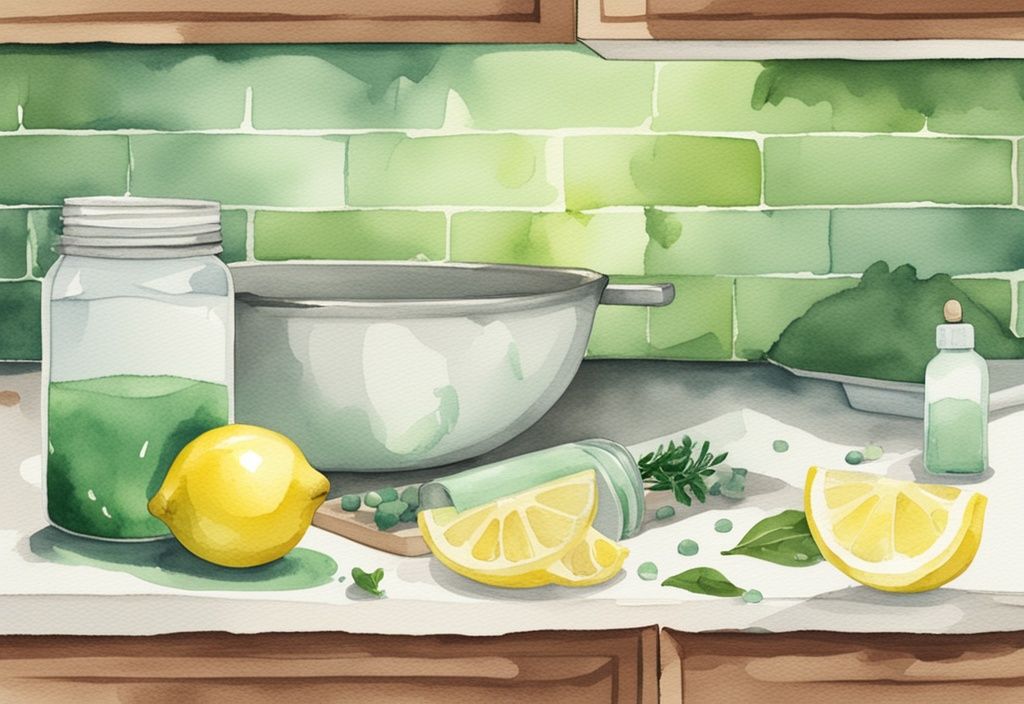
- Essential oils for a pleasant scent.
- An old toothbrush to reach nooks and crannies.
- Towels for soaking oven racks, preventing spills and aiding in cleanup.
- Aluminum foil to protect heating elements during cleaning.
Incorporating these supplies and tools will ensure an effective and non-toxic cleaning process, promoting a safer home environment and contributing to a more sustainable lifestyle.
Step-by-Step Guide: Cleaning Your Oven Non-Toxic
If you’re committed to non-toxic living, then knowing how to clean your oven in a non-toxic manner is essential. This guide walks you through simple and effective steps to achieve a spotless oven without the harsh chemicals.
Pre-Cleaning Steps
How to Prep Your Oven for Cleaning
Before diving into the cleaning process, it’s crucial to ensure that your oven is completely cool. This prevents any risk of burns or injuries during the cleaning. Begin by removing the oven racks and letting them soak in warm water mixed with a few drops of dishwashing liquid. This helps to loosen the grime and grease that accumulate over time.
While the racks are soaking, place towels or newspapers on the floor around the oven to catch any spills or debris. This precaution makes the post-cleaning process much easier and keeps your kitchen tidy.
Creating and Using Baking Soda Paste
Crafting Your Cleaning Paste: A Simple Recipe
To create your non-toxic cleaning paste, mix 3/4 cup of baking soda with 1/4 cup of warm water.
Stir the mixture until it forms a thick paste. As an optional step, you can add a few drops of essential oil for a more pleasant cleaning experience. This paste leverages the natural abrasive properties of baking soda to break down stubborn grease and grime, ensuring a thorough clean without the use of harsh chemicals.
Applying the Cleaning Paste
Using a paintbrush, evenly apply the baking soda paste inside your oven. Take care to avoid sensitive areas such as light and heating elements, thermostat, wiring, and any openings. For tight and hard-to-reach spots, an old toothbrush can be highly effective.
Allow the paste to sit and work its magic for 12 to 24 hours. This extended period gives the baking soda ample time to break down grime and grease effectively.
Removing the Cleaning Paste
Effective Ways to Remove the Paste
Once the paste has had enough time to settle, use a plastic scraper to gently remove the hardened residue. Follow this by wiping down the oven with a damp cloth, ensuring all traces of the paste are eliminated.
For any remaining stubborn spots, a spatula combined with wet paper towels can be employed to carefully remove the residue. Using water or a water-vinegar solution can help in dissolving and wiping away any lingering baking soda, leaving your oven clean and fresh.
Finishing Touches
Final Steps for a Sparkling Oven
With all the non-toxic cleaning methods applied, the end result should be a sparkling clean oven. Letting air circulate by leaving the oven door open for a bit can help it dry out completely and prevent odors.
By following these steps and incorporating non-toxic methods, you can maintain a clean oven and a healthy home environment. This approach not only ensures your safety but also contributes to a more sustainable lifestyle.
Tips for Maintaining a Clean Oven
Discovering a better way to keep your oven pristine can be a small, yet meaningful step towards a healthier home. By integrating non-toxic cleaning methods, you’ll exemplify care for both your loved ones and the environment. Here’s how to make it a reality:
Setting Up a Regular Cleaning Schedule
Creating a regular cleaning routine is not just about the chores—it’s about ensuring your oven’s longevity and efficiency, without exposing your household to harsh chemicals. From my own experience, a three-month interval works wonders, especially if you don’t bake excessively. However, if your oven takes on frequent greasy or messy dishes, more frequent cleaning might be necessary.
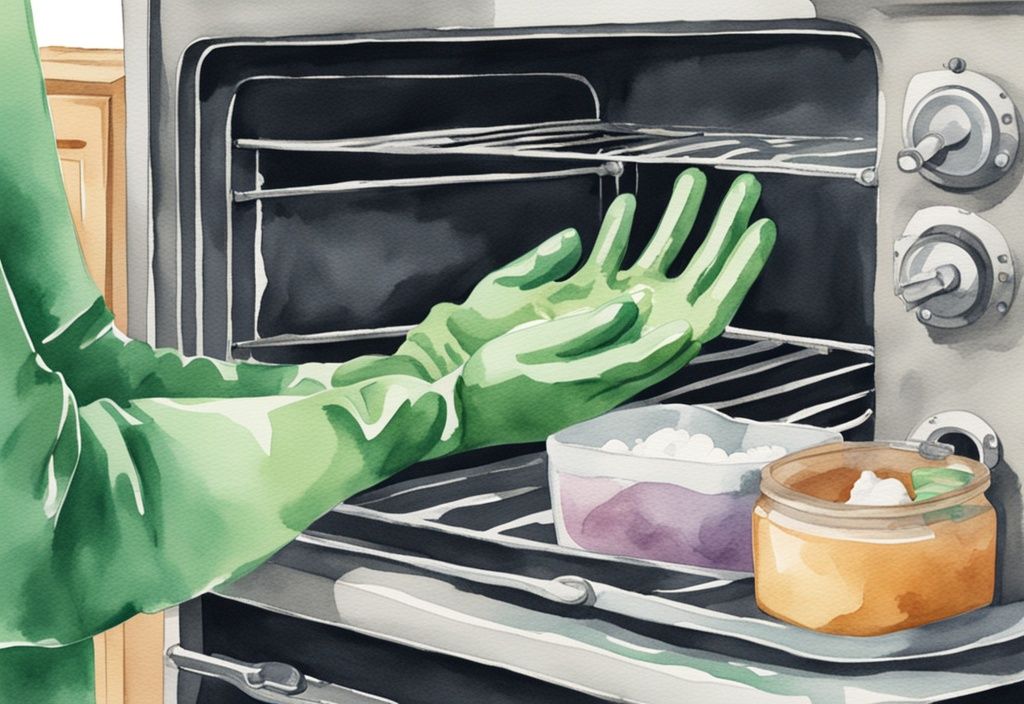
Recognize the signs that scream for a cleaning—a whiff of burnt residues or visible food splatter. These are your oven’s cries for help. Keeping up with simple, consistent maintenance helps prevent grime build-up, allowing each cleaning session to be more manageable. Plus, it will undoubtedly extend your oven’s lifespan.
Fast and Easy Tips for Dealing with Spills
There’s nothing worse than letting spills sit and harden, morphing into stubborn, hard-to-remove gunk. The magic trick? Tackle spills immediately. For more tips, check out our guide on how to use green mask stick. Whenever I have an accident in the oven, I keep it simple: a sprinkle of baking soda and a spritz of water or a water-vinegar solution. Let it sit for about 15-20 minutes, and the spill just wipes away with ease.
Another gem of advice: use oven liners. They catch all those messy drips and can be removed and cleaned effortlessly. It’s a small investment with a big payoff, reducing the frequency and intensity of your regular oven cleans.
Why You Should Avoid the Self-Cleaning Function
Although the self-cleaning function seems convenient, it often backfires. The high temperatures needed can not only worsen some stains but also damage your oven’s internal components. Worse still, it can release harmful fumes into your home—definitely not what you want for a non-toxic living space.
Instead, opt for non-toxic cleaning methods. If you are also wondering about other kitchen appliances, you might be asking: is a crock pot dishwasher safe? Knowing the best cleaning practices for all your kitchen tools can help maintain a healthier home. They are gentle, effective, and free from harmful side effects. For instance, natural cleaners like baking soda, vinegar, and even lemon juice can do wonders without the risks associated with high-heat cycles. This approach ensures your oven stays clean and safe for everyone in your household.
Tackling Common Oven Cleaning Problems
Cleaning an oven non-toxic means addressing various challenges without harmful chemicals. From stubborn stains to post-cleaning odors, here’s how you can maintain a pristine oven environment using natural methods and a bit of elbow grease.
How to Clean Stubborn Stains Non-Toxic
Have you ever stared at those stubborn stains inside your oven, feeling a sense of dread about tackling them? I certainly have. But worry not, as I’ve discovered a gentle yet effective method that keeps things non-toxic. First, make a thicker paste using baking soda and salt. Combine 1 pound of baking soda with 1 tablespoon of salt, and add 2 tablespoons of water—it should form a gritty, thick paste.
Generously apply this paste to the stubborn stains, coating them thoroughly. Let it sit overnight to work its magic on breaking down the grime. By morning, you’ll find that the mixture has penetrated the buildup, making it much easier to remove. With a scouring pad in hand, start scrubbing those hardened areas. You’ll notice how easily the grime comes off, revealing a cleaner oven without any harsh chemicals.
Ensuring All Baking Soda Residue is Removed
Once your oven is sparkling clean, it’s important to remove any leftover baking soda residue. A simple solution of white vinegar and water works wonders here. Fill a spray bottle with equal parts vinegar and water, and spritz it liberally inside the oven. The vinegar reacts with the baking soda, breaking it down and ensuring no residue is left behind.
After the bubbling reaction settles, use a damp cloth to wipe away any remaining mixture. Make sure to cover all surfaces, ensuring that no streaks or grit remain. Allow your oven to air dry thoroughly before you put the racks back in. This ensures a clean, residue-free appliance, ready for your next culinary adventure.
How to Handle Post-Cleaning Odors
Post-cleaning odors can be quite persistent, but addressing them is simpler than you might think. Start by ventilating your kitchen—open some windows or turn on the exhaust fan to get the air circulating. You can also place a dish filled with baking soda or activated charcoal inside the oven; both are excellent at absorbing unwanted smells.
Pay close attention to wiping away all cleaning residues, as leftover residue can contribute to odors. By ensuring the oven is perfectly clean and allowing it to air out properly, you are eliminating the sources of potential smells. These steps ensure your oven remains fresh and inviting, ready for use whenever you need it.
FAQ: Your Questions About Non-Toxic Oven Cleaning Answered
Delving into the world of non-toxic oven cleaning can often leave you with numerous questions. Below are some of the most frequently asked questions, providing practical advice and solutions for maintaining a clean, healthy oven.
What is the Recommended Frequency for Non-Toxic Oven Cleaning?
From my experience, cleaning your oven every three months is generally a good rule of thumb. However, if you frequently cook greasy, fragrant, or particularly messy dishes, you might find yourself needing to clean more often. Regularly inspect for spills and grime build-up—this will give you a clear indication of when it’s time for a thorough cleaning.
Can These Methods be Used on Self-Cleaning Ovens?
Absolutely. While it’s best to avoid the self-cleaning function to prevent potential damage and the notorious odors that come with it, non-toxic methods are not only safe but also highly effective for cleaning self-cleaning oven interiors. You can achieve a sparkling clean without the harmful chemicals.
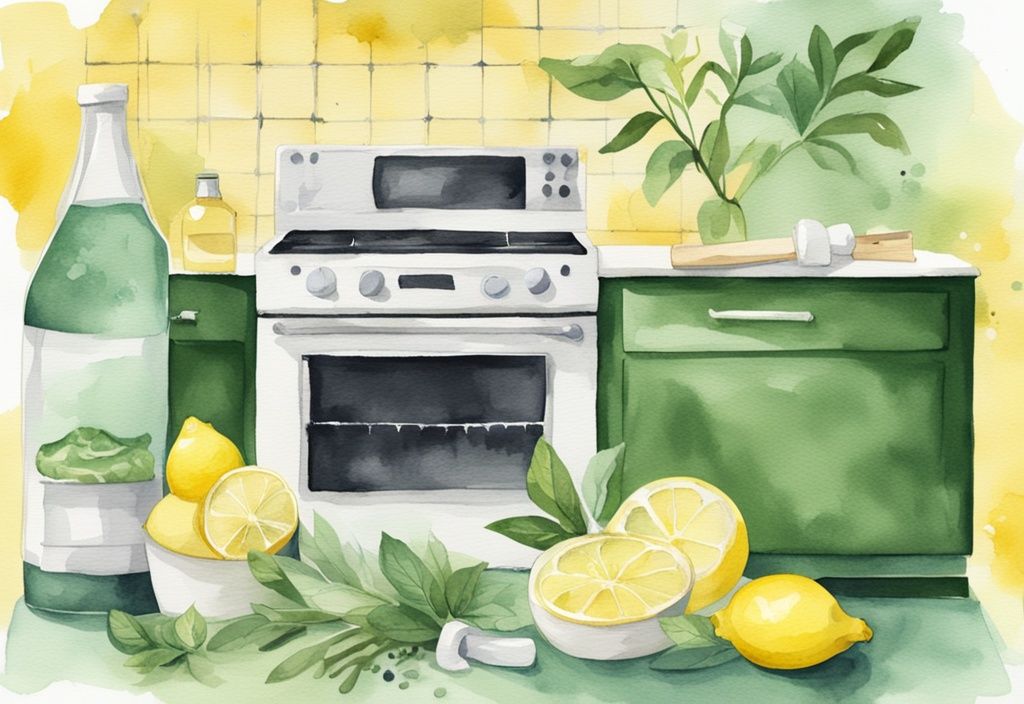
What to Do if the Baking Soda Paste Hardens?
If you find that your baking soda paste has hardened, don’t worry—I’ve been there too. Simply spritz it with water or a water-vinegar solution. This softens the paste, making it easier to remove. Use a spatula and wet paper towels to carefully lift the hardened paste without scratching the oven’s surface.
Are Essential Oils Necessary for the Cleaning Process?
Essential oils are completely optional in the non-toxic cleaning process. They mainly serve to add a pleasant scent, creating a more enjoyable cleaning experience. Whether you choose to use them or not, your oven will still get just as clean.
What are the Risks of Commercial Oven Cleaners?
Commercial oven cleaners are often laden with harsh chemicals that can seriously irritate the respiratory system, skin, lungs, and eyes. The vapors can be harmful, especially to children, pets, and individuals with allergies or respiratory conditions. Moreover, they contribute to environmental pollution and chemical runoff, impacting both personal health and the planet.
Completing Your Non-Toxic Oven Cleaning
To wrap up your non-toxic oven cleaning journey, the final steps are crucial in ensuring every last bit of residue is removed. Here’s how to complete the process and maintain an immaculate, toxin-free oven.
Final Cleaning Steps and Maintenance Tips
To make sure your oven is spotless, conduct a final wipe-down with a water-vinegar solution. This simple mix will eliminate any remaining baking soda or other cleaning agents. Just blend equal parts water and white vinegar in a spray bottle, and lightly spritz the inside of your oven.
Use a soft cloth to wipe down all surfaces, paying extra attention to corners and crevices where residues may hide. An even wipe ensures thorough cleanliness.
Air drying your oven properly is an essential step. After wiping down with the water-vinegar solution, leave the oven door open for at least 30 minutes. This allows any remaining moisture to evaporate, preventing unwanted odors and potential damage to your oven’s components. Replace the oven racks only once the interior is completely dry.
Regular maintenance is vital to keep your oven in top shape. Plan to clean your oven every three months, or more frequently if you often cook greasy or messy dishes. This regular upkeep not only extends your oven’s lifespan but also ensures better cooking performance and healthier meals.
Set a cleaning schedule that aligns with your cooking habits, and stick to it. Regular inspections for spills and grime build-up help you manage minor messes before they turn into major cleaning projects. Consistent upkeep empowers you to enjoy a cleaner, safer, and more efficient kitchen.
Wrapping Up: Non-Toxic Cleaning for a Healthier Home
Adopting non-toxic cleaning methods is essential for promoting health, safety, and environmental sustainability. Understanding how to clean oven non toxic helps minimize exposure to harmful chemicals, protecting you and your loved ones from potential respiratory, skin, and eye irritations.
By choosing natural, non-toxic cleaning agents like baking soda and vinegar, you reduce the risk of allergies and asthma while ensuring a safe environment for pets and children.
Environmentally, non-toxic cleaning contributes to reducing pollution and chemical runoff, fostering a healthier ecosystem. Natural ingredients like baking soda and vinegar are biodegradable and do not add to the household’s carbon footprint. Consequently, these eco-friendly alternatives support sustainable living, positioning you as a responsible steward of the environment.
I encourage you to share your experiences and tips on how to clean oven non toxic. Each household might discover unique tips and tricks that enhance the effectiveness of non-toxic cleaning. Sharing these insights can help build a community of informed individuals all working towards a healthier, safer, and cleaner home environment.
Maintaining a clean and toxin-free home has broader benefits beyond the immediate health and safety concerns. A well-maintained oven not only ensures better performance and energy efficiency but also prolongs its lifespan, saving you money in the long run.
By adhering to a regular cleaning schedule and dealing with spills promptly, you can prevent grime build-up and make future cleaning tasks easier.
In conclusion, embracing non-toxic cleaning methods offers significant benefits for your health, the safety of your household, and the well-being of our planet. By sharing knowledge and experiences, we can collectively promote a clean and toxin-free home environment. Start today with simple, natural cleaning solutions and experience a healthier, more sustainable way of living.
Hi, I’m Olivia Green, the voice behind nontoxicways.com. I’m passionate about helping you make the shift to a healthier, non-toxic lifestyle without feeling overwhelmed. I love sharing my personal journey, from small changes to big transformations, along with practical tips that make it all feel doable. My goal is to inspire and guide you toward a lifestyle that benefits both your well-being and the planet. Let’s take this journey together, one simple step at a time!
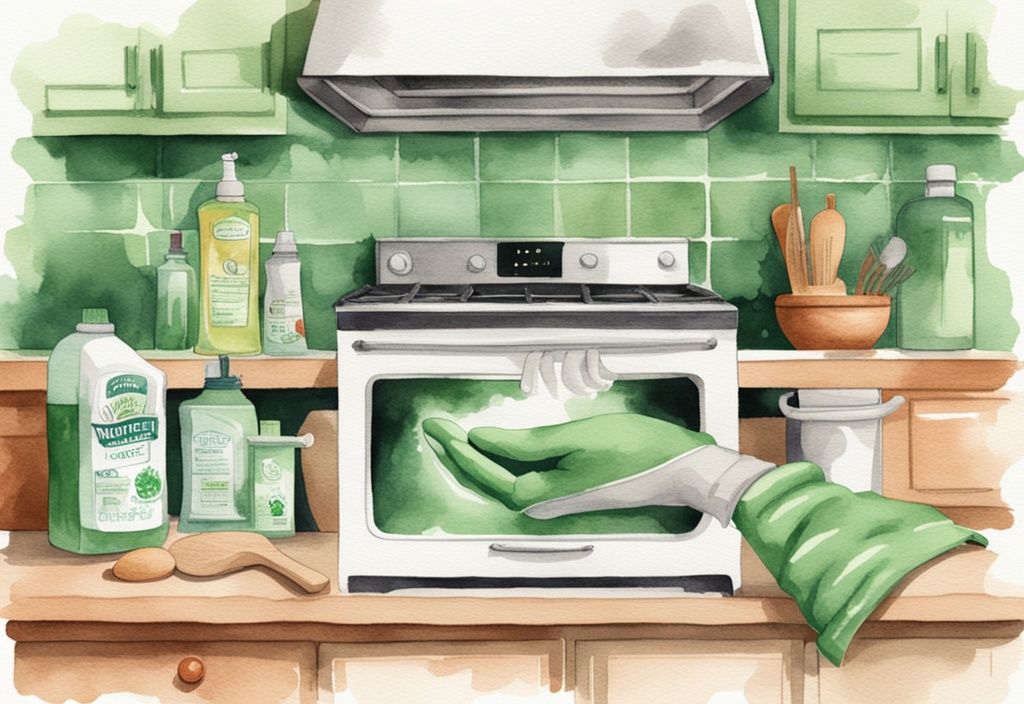
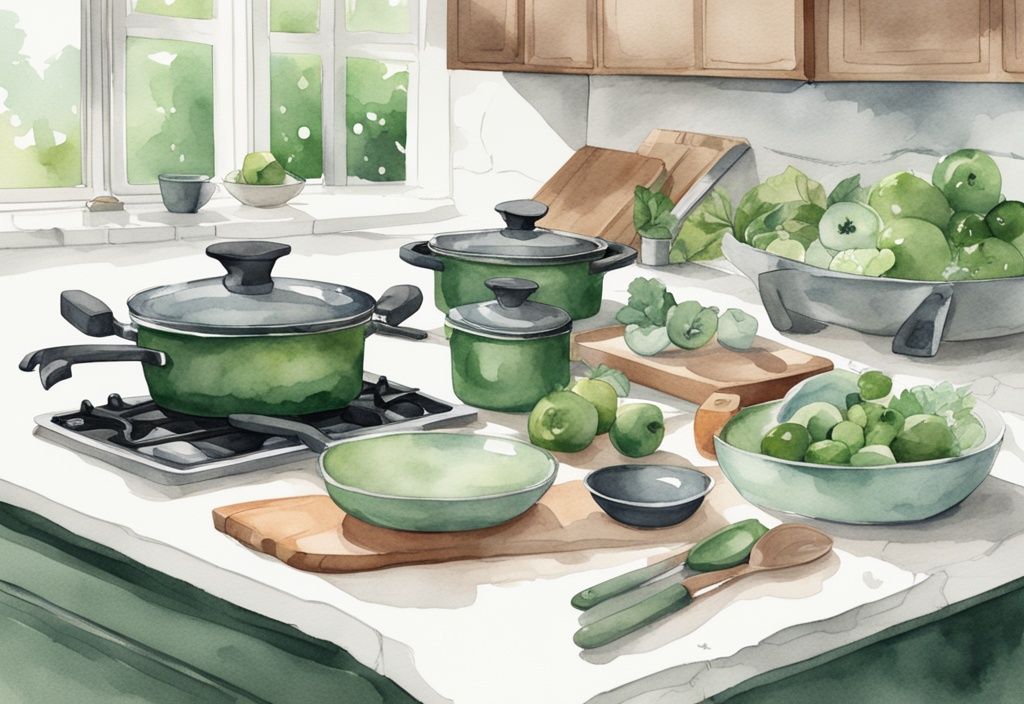
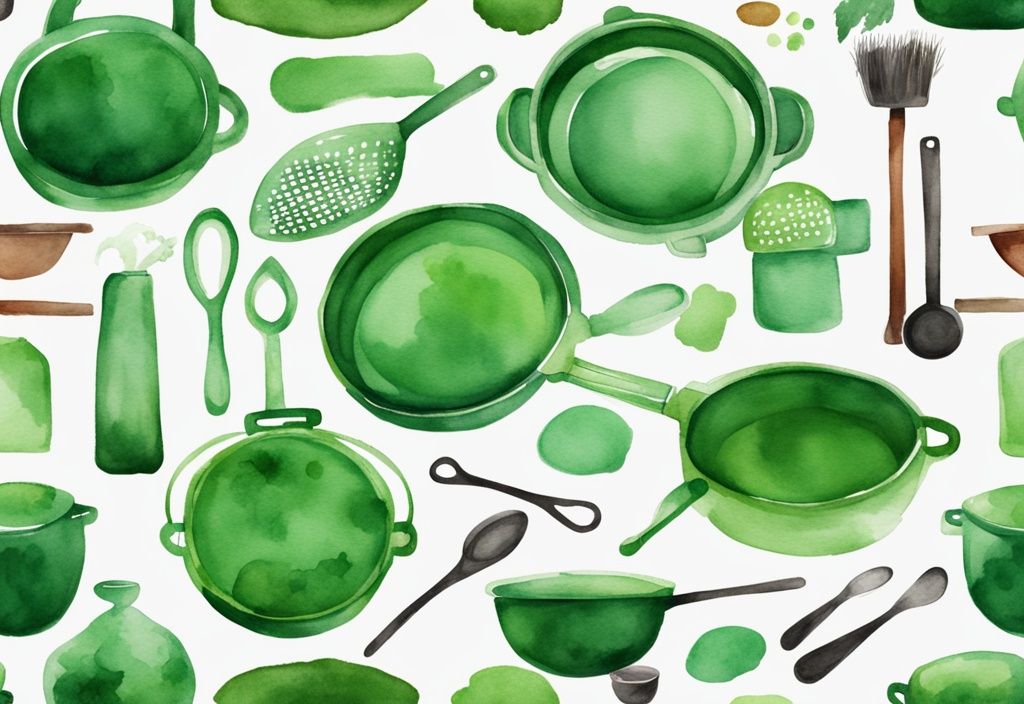
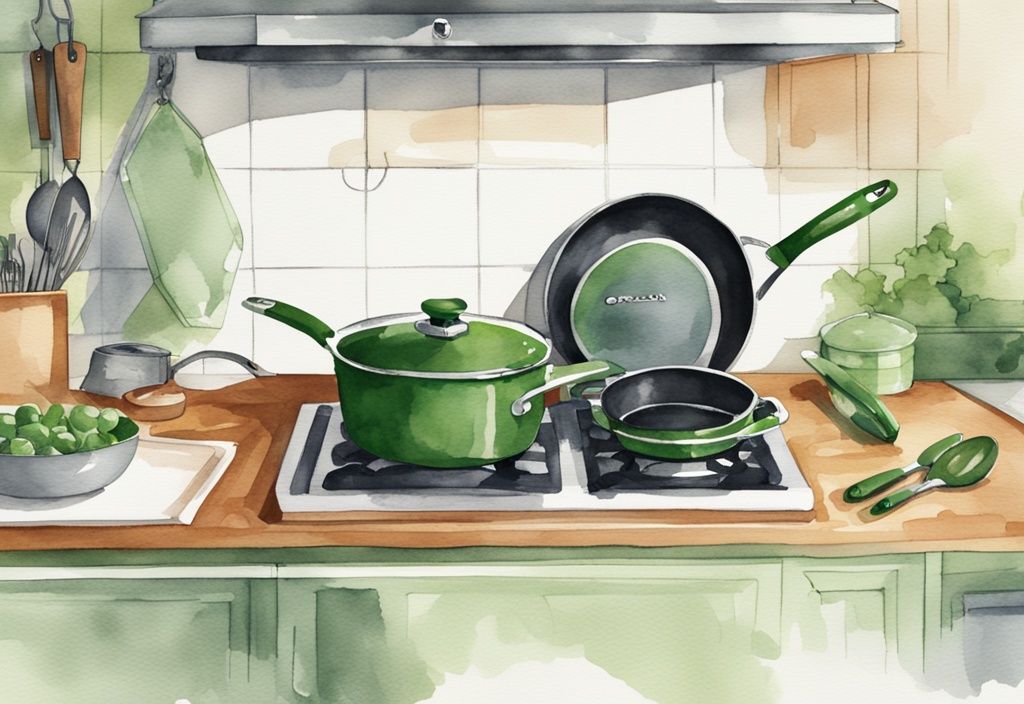
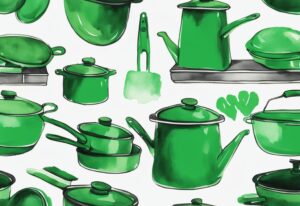




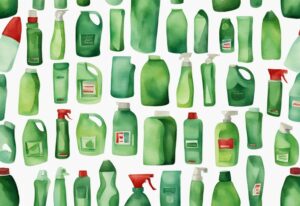


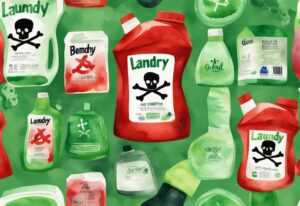

Post Comment